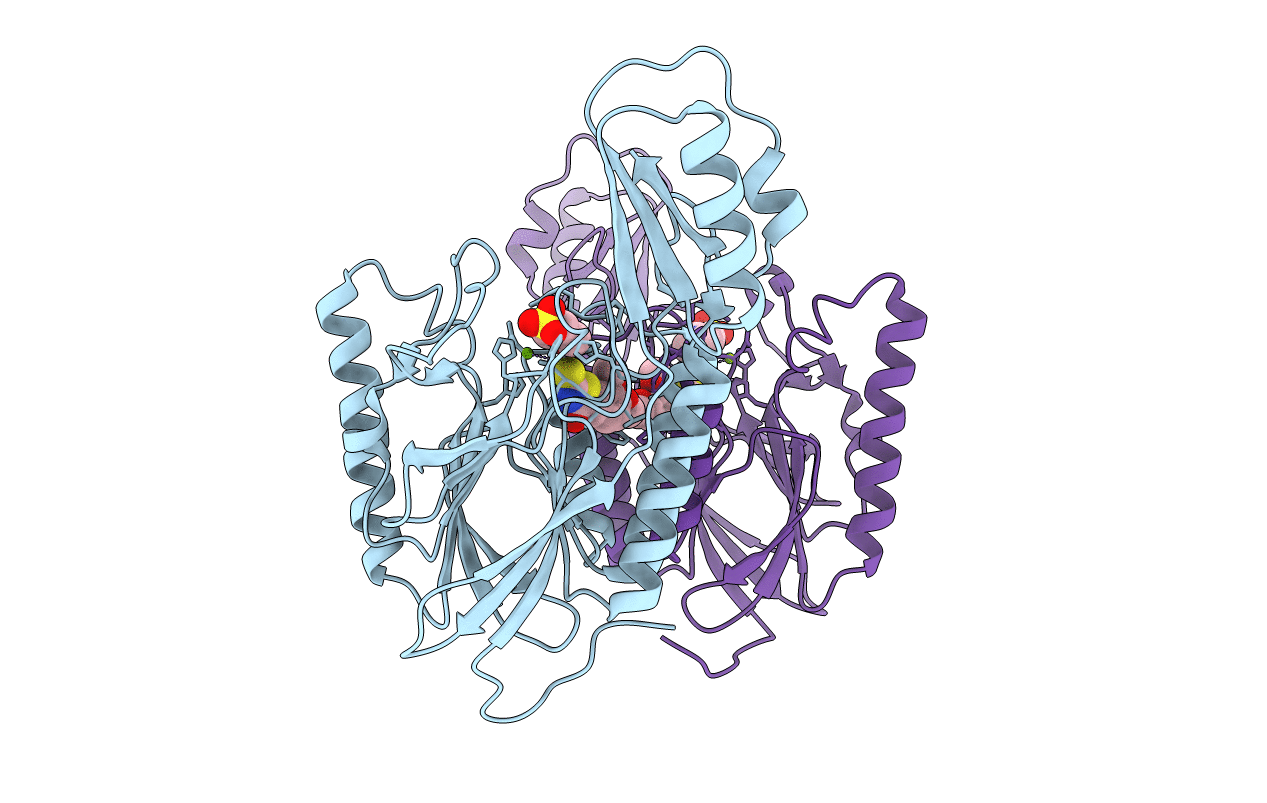
Deposition Date
2020-05-19
Release Date
2020-06-10
Last Version Date
2023-10-18
Entry Detail
PDB ID:
6X1Z
Keywords:
Title:
Mre11 dimer in complex with small molecule modulator PFMJ
Biological Source:
Source Organism:
Thermotoga maritima (Taxon ID: 2336)
Host Organism:
Method Details:
Experimental Method:
Resolution:
1.90 Å
R-Value Free:
0.23
R-Value Work:
0.19
R-Value Observed:
0.20
Space Group:
P 1 21 1


